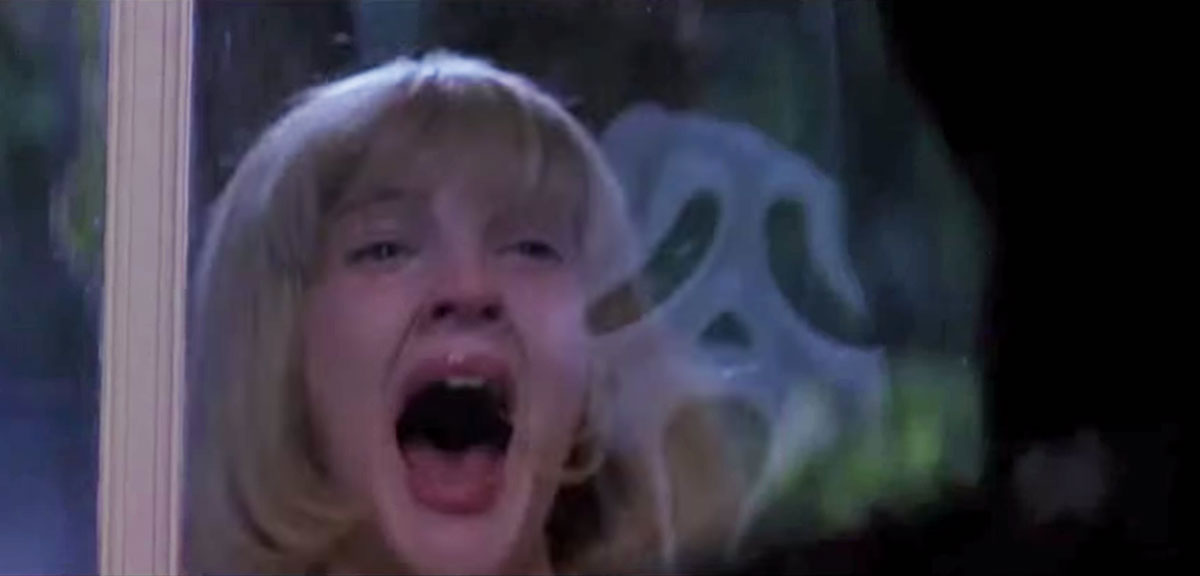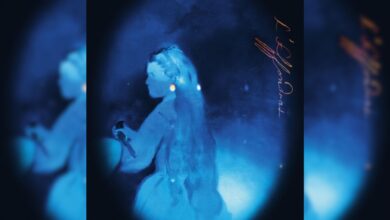Wes Craven, a Remembrance of a True Horror Master
 Screenshot
ScreenshotTo call someone a master can often be an exaggeration but in the case of Wes Craven, the man behind some of cinema’s most iconic horror franchises, using the word master is not only appropriate but essential. Wes Craven didn’t simply direct a few scary movies, he created, produced and brought to life characters and stories of great complexity the likes of which had never been seen on our screens. From A Nightmare on Elm Street to Scream Craven’s films didn’t just scare us, they inspired us. Now in the wake of his death the world of cinema mourns and remembers the man who showed us that horror films could indeed be works of art.
In the last thirty five years the slasher film has become an undeniable fixture of the Western film market and if you ask a person to identify a horror film their response will most likely be a slasher. Horror films began to increasingly shift to the menacing killer who stalked and viciously murdered and by the early 1970s a young English college professor named Wes Craven would begin his foray into the movie world unaware of the transformative effect he would have on it. Craven’s role in the history of the new wave of horror films cannot be overstated, his work revealed a keen desire to rewrite perceptions audiences had with horror stories and he did so by melding not only terrifying personifications and events but by adding the element of fantasy and comedy to his films.
It began modestly in 1972 with The Last House on the Left. Craven’s directorial debut did not receive much fanfare and while it was criticized for its graphic violence and censored in some markets, many critics lauded the young filmmaker’s potential in a market where the films had become stale. Throughout the remainder of the ‘70s he would produce a number of new works most notable amongst them 1977’s The Hills Have Eyes that followed a vacationing family hunted by a group of nomadic mutants in the Nevada desert. With these strings of films the name Wes Craven was becoming an increasingly sought after product, but it wasn’t until 1984 that he would become a certified horror master.
With the release of A Nightmare on Elm Street, audiences encountered a slasher film unlike anything they had ever seen, not simply directing but also writing the screenplay Craven introduced the world to perhaps one of the most famous and celebrated movie killers of all time: Freddy Krueger. The undead and horribly burned serial killer who murdered his victims in their dreams, Freddy Krueger was an ingenious combination of pure horror, fantasy, psychology and at times even comedy. With his trademark razor glove, striped sweater and brown fedora he would become an icon of the horror franchise, catapulting Craven and star Robert Englund to stardom. There could no longer be any doubt of Craven’s capabilities and he would continue to explore the themes of the dream world, humour and above all horror in all his future work including the Scream series where once again he contributed to another icon of American cinema: Ghostface.
The work of Wes Craven reveal’s the mind of a true artist. Not content in simply producing the generic scary movie Craven’s films employed many different traits from pure imagination to satire that resulted in movies that didn’t just scare us, they made us think. While he has left us, the films he leaves behind will continue to inspire audiences and future filmmakers alike. If ever there was one to be called master, then Wes Craven is most deserving of that title.




